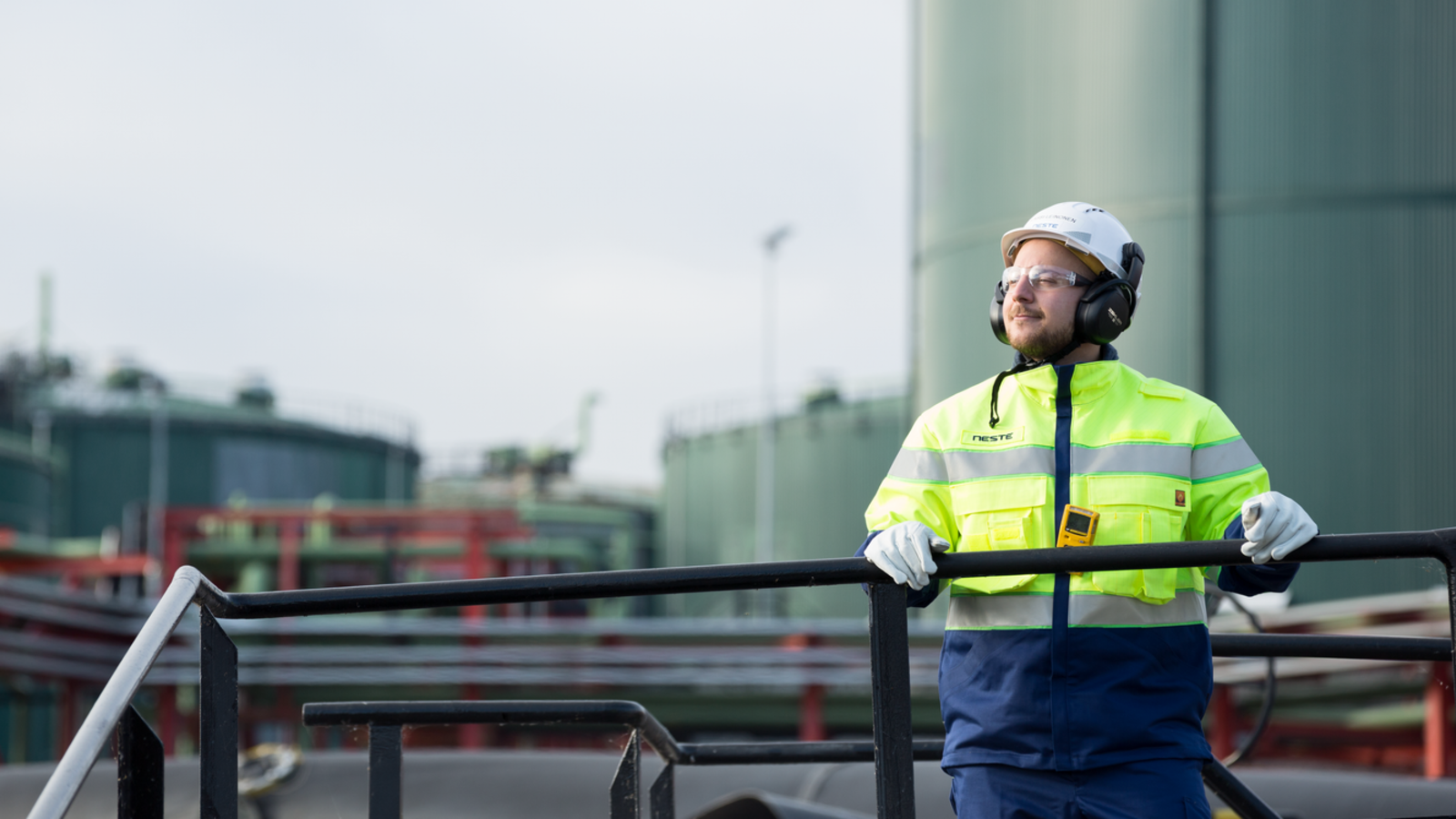grsthegreat
Super Star Member
Not sure how it works in your part of the country, but here in N. Idaho the off road and standard #2 diesel flows from same tank. They have an inline dye system to add color during delivery.
You might have a look at "hydrotreated vegetable oil" diesel. It is made from vegetable oils, but it doesn't oxidize or absorb much of any water.Not that familiar with Bio. Diesel and I mentioned The Bio burn off could be the cause of the bad smell. Temperature will shorten the life span.
The challenge with producing 100% biodiesel fuel is the vegetable nature of it. It's prone to spoiling, just like the products you store at home. If biodiesel fuel is kept at a warm temperature for too long, it could potentially grow mold, which would not be good for any vehicle. On the flip side, if stored in freezing temperatures, it will harden and pose issues when consumers try to fill up. Until technology improves, automakers do not recommend a blend higher than B5 for passenger vehicles. Luckily, some researchers fromSN. today


It will vary. Older diesels are well adapted to run on nearly anything. Modern diesels are very limited to run on other juice not made from petroleum.I have heard negative stories about biodiesel all bad
Biodiesel can have both positive and negative impacts on diesel engines. While it can improve lubricity and reduce particulate emissions, it can also lead to issues like fuel filter clogging, reduced fuel economy, and potential damage to modern common rail systems.
willy